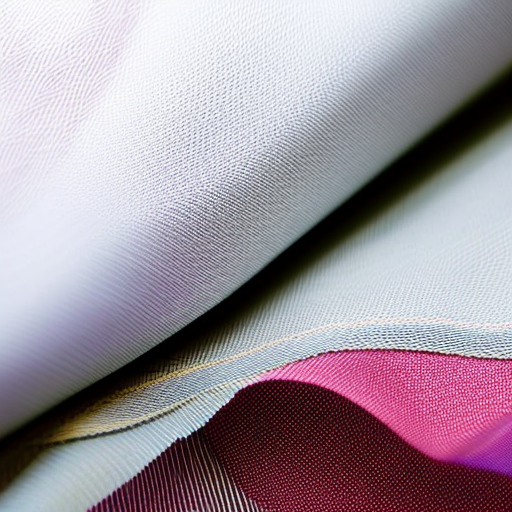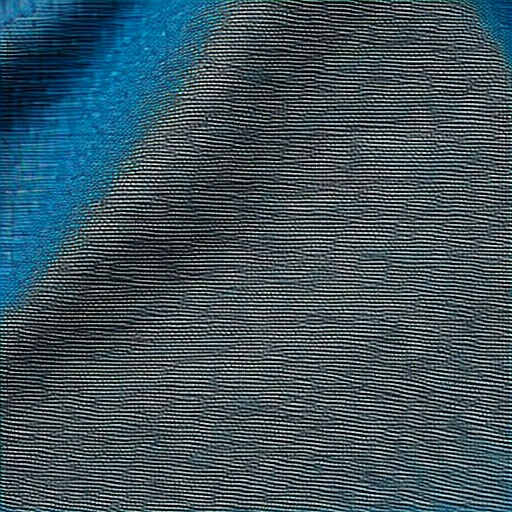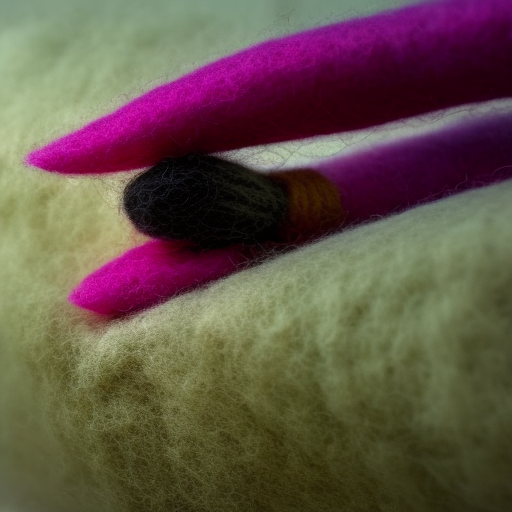

Quality sewing plays a vital role in creating durable and aesthetically pleasing fabric products. Whether you are a professional seamstress, crafting enthusiast, or someone who values well-made clothes and textiles, understanding fabric sewing quality is essential.
Why Does Sewing Quality Matter?
Poor sewing quality can lead to various issues such as unraveled seams, uneven stitching, and overall weak construction. When selecting fabric products or sewing projects, it’s crucial to assess the sewing quality to ensure longevity, durability, and professional finish.
Indicators of Good Sewing Quality
When examining the sewing quality of fabric, keep an eye out for the following indicators:
- Sturdy Seams: High-quality sewing involves strong, straight seams that securely hold the fabric together without any loose threads or gaps.
- Consistent Stitching: Well-made products exhibit even stitching with consistent stitch length. Irregular stitching or stitches that vary in length may indicate poor sewing quality.
- Reinforced Stress Points: Reinforcement of stress points such as pocket corners, waistbands, and buttons prevents premature wear and tear. Look for additional stitching, bar tacks, or other reinforcements at these areas.
- Properly Finished Edges: The edges of fabric pieces should be well-finished to prevent fraying. Techniques like serging, overlocking, or folded hems are commonly used for a clean and professional appearance.
- No Loose Threads: A well-sewn fabric product should not have any loose threads hanging or poking out from the seams. Loose threads not only compromise the appearance but can also lead to further unraveling if not addressed.
Assessing Sewing Quality
When examining fabric sewing quality, consider the following steps:
- Inspect the seams: Look closely at the seams to ensure they are straight, securely sewn, and without any gaps. Gently tug on the fabric to test the strength of the seams.
- Check for even stitching: Examine the stitching lines, ensuring they are consistently spaced and have no loose threads or skipped stitches.
- Examine stress points: Pay close attention to areas that are more prone to wear and tear, such as pockets, buttons, and zippers. Ensure they are adequately reinforced.
- Inspect the finishing: Check the edges and hems of the fabric for well-executed finishing techniques that prevent fraying.
- Look for cleanliness: The fabric product should be clean with no visible stains or dirt marks.
By carefully evaluating these aspects, you can make informed decisions while purchasing ready-made fabric products and achieve high-quality sewing results yourself.
Conclusion
Fabric sewing quality plays a significant role in the overall durability, strength, and appearance of fabric products. Assessing sewing quality by inspecting seams, stitching, stress points, finishing, and cleanliness helps in selecting superior products and achieving professional results in your sewing projects. Understanding these indicators of good sewing quality will empower you to appreciate well-made fabrics and ensure the longevity of your sewing creations.





This looks like a great tutorial for beginners! #FabricSewingQuality
Kevlyn Arnold: Good quality fabric makes all the difference in successful sewing projects. #FabricSewingQuality
Danielle B: Agreed! I’m so excited to learn and get started. #FabricSewingQuality
Ida Flores: Absolutely! Quality fabric ensures that garments and home projects last for years. #FabricSewingQuality
An inspiring topic! Quality fabric is the key to making a great sewing project, and this tutorial looks to be a great guide to get started. #FabricSewingQuality
It helps that quality threads and other sewing supplies make the sewing process easier and turn out better results. #FabricSewingQuality